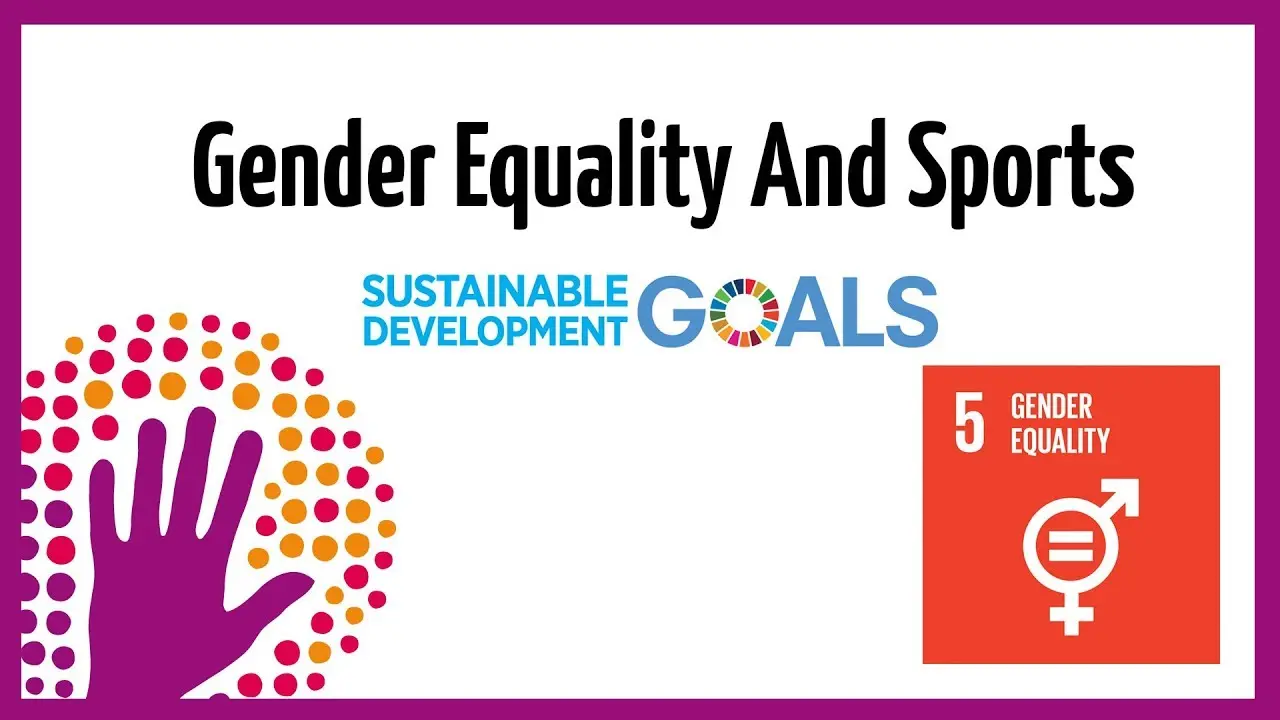Do Virtual Sports Work Better for Men than Women? #
It’s widely believed that the hardware and software powering sports technologies are designed without gender bias, equally fitting for men and women. Connecting gender issues and gender equality to sports technologies is therefore an abstract concept for most people. Simply put, most of us tend to take for granted that technologies like Zwift, Exr, Virtual Golf, Augmented Bouldering… come without biases that create different gendered experiences of using virtual sports. This blogpost challenges this common assumption by discussing some evidence-based scientific sources. Do Virtual Sports work better for men than women?
Challenging the above assumption raises an important question: why might men find virtual sports more accommodating or beneficial than women? The field of Science and Technology Studies (STS) may hold the answer, especially considering that, despite the scarcity of research on virtual sports and their gendered implications, feminist scholars have been exploring the broader intersections of technology and gender for over three decades. A lesson from this research field is that the male dominance in technology sectors leads to women’s underrepresentation in emerging technologies, resulting in distinct gendered experiences with these innovations. For instance, Apple’s Siri and Amazon’s Alexa have been found to work ‘better’ for men, than women (i.e. they understand male voices better than female voices). Likewise, if you ask ChatGPT and other AI language models to create text for you, they are often riddled with gendered biases (just try asking ChatGPT to create a love story including a CEO and a nurse). Even the United Nations recognizes technology’s role in gender (in)equality, with Sustainable Development Goal Five that aims to ‘Enhance the use of enabling technology, especially in information and communications, to empower women’ (target 5.b).
So, are virtual sports affected by such gender issues and how do these issues manifest themselves? Naturally and given earlier STS research, it would be naïve to assume that these technologies are exempt from the biases ingrained in technology development. Research reveals a significant discrepancy in elite sports: women — whether athletes, coaches, or referees — have less access to performance-enhancing technologies than men, underscoring a critical gap in our understanding of women’s interactions with sports technologies and their gender-specific implications. Given the transformative potential of virtual sports to revolutionize sports organizations, develop sports performances and promote inclusivity , it’s imperative for research to delve deeper into these gendered experiences, ensuring that these innovations benefit all genders equitably.
Recommended reading #
Benjamin, R. (2019). Race After Technology: Abolitionist Tools for the New Jim Code. Polity.
Haraway, D. (1996). Simians, Cyborgs and Women: The Reinvention of Nature. Free Assn Books
Skirbekk, S. (2024). Video Assistant Referee (VAR), gender and football refereeing: a scoping review, Soccer & Society, 25:3, 360-377. https://doi.org/10.1080/14660970.2023.2256231
Tjønndal, A. (Ed.). (2022). Social issues in esports. Routledge. https://doi.org/10.4324/9781003258650
Toner, J. (2024). Wearable Technology in Elite Sport - A Critical Examination. Routledge.
Wachter-Boettcher, S. (2018). Technically Wrong: Sexist Apps, Biased Algorithms, and Other Threats of Toxic Tech. W. W. Norton & Company.

